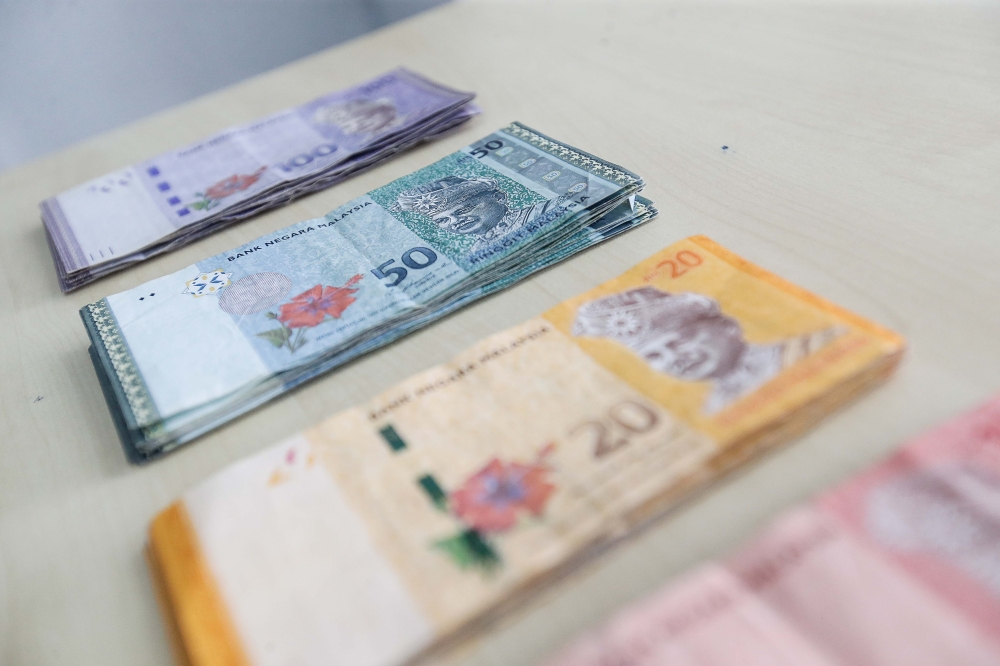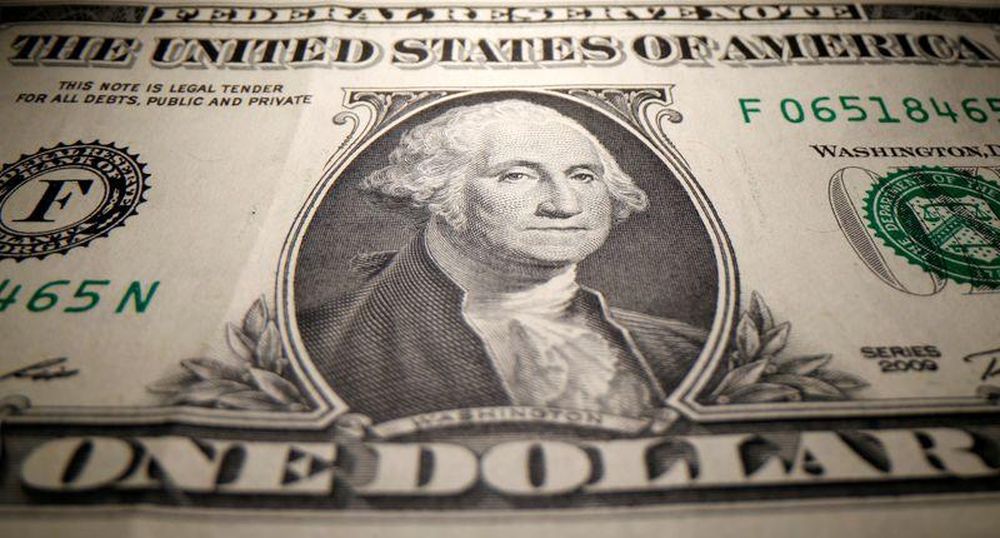LONDON, April 7 — The dollar hovered near two-year highs against a basket of major currencies today after meeting minutes showed the Federal Reserve preparing to move aggressively to fight inflation, while commodity currencies fell further from recent peaks.
The euro bucked the trend but was near a one-month low below US$1.09 (RM4.60) as investors await European Central Bank minutes due later.
Minutes from the March Fed meeting published yesterday showed “many” participants were prepared to raise interest rates in 50-basis-point increments in coming months.
They also prepared markets for a reduction in the Fed’s balance sheet after the May meeting at a rate of US$95 billion per month, the beginning of the reversal of the massive stimulus in pumped into the economy after the Covid-19 pandemic struck.
“That’s nearly twice as quick as was seen during the last balance sheet run down during the 2017-19 cycle,” ING analysts said.
“All of the above points to the Fed applying a heavy foot to the brakes, which should be positive for the dollar.”
By 0745 GMT, the US dollar index traded at 99.581, near a 2-year high of 99.778 =USD.
The Australian and New Zealand dollars fell between 0.3 per cent-0.2 per cent to sit around 2 per cent beneath highs struck on Tuesday as the Fed’s tone has offset a hawkish shift from Australia’s central bank, and a pullback in commodity prices whacked them.
Minutes from the ECB’s March meeting, due later in the day, will be watched for insight into policymakers’ delicate balancing act to manage soaring inflation and slowing growth.
An increasingly close-looking presidential election in France is another wildcard, and the risk of far-right candidate Marine Le Pen beating incumbent Emmanuel Macron has dragged on the euro and French debt ahead of Sunday’s first-round vote.
The euro scraped itself from a one-month trough of US$1.0874 to hit US$1.09 in early European trading.
The Japanese yen was pinned near a one-week low and last traded at 123.80 to the dollar.
“Inflation differentials and the resulting monetary policy divergence dynamics can underpin DXY [US dollar] resilience near term,” Citi foreign exchange strategists said.
“High inflation is here to stay and the hawks are in the driving seat. This matters for DXY given the strength of relative rates in driving EURUSD and USDJPY recently.”
Sterling recovered some of its recent losses to trade at US$1.31.
Broad selling of equities and other risk assets this week has also hurt cryptocurrencies, and bitcoin nursed yesterday’s 5 per cent drop with a 0.7 per cent rise to US$43,508. — Reuters






















